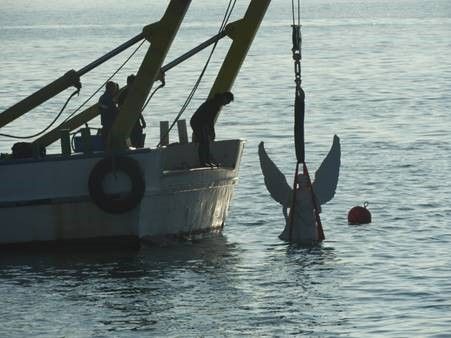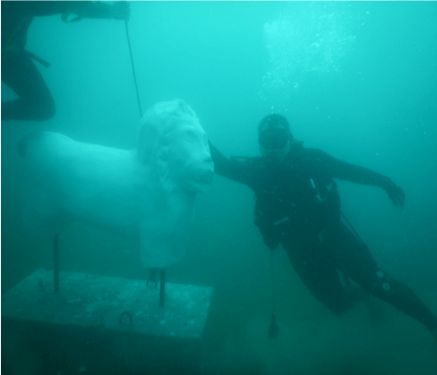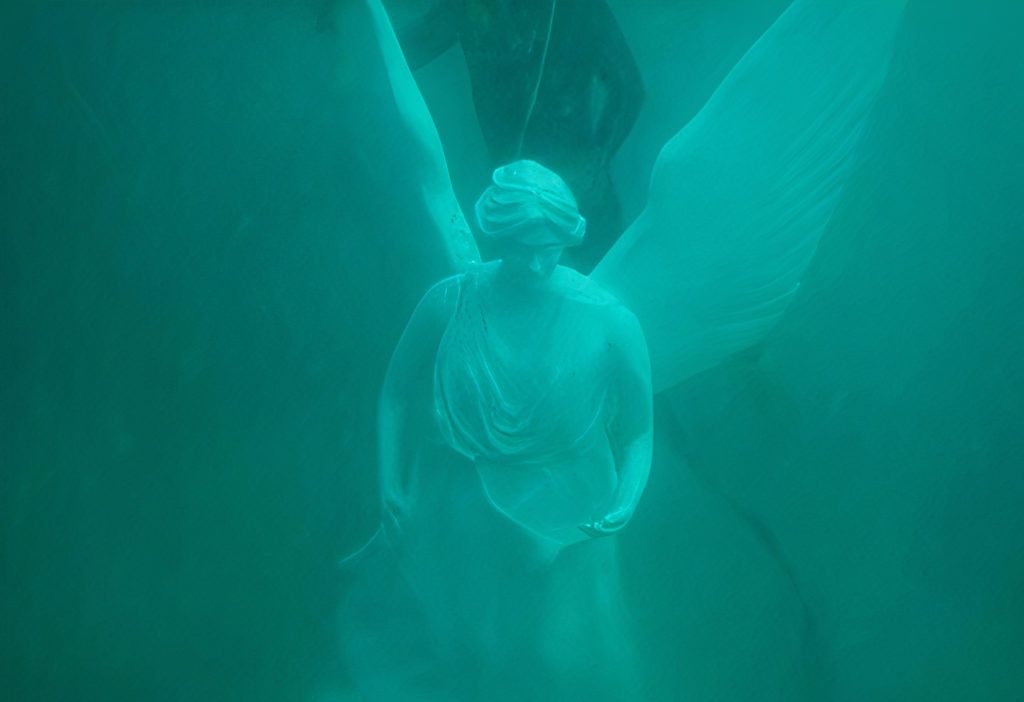Flippers and diving masks to enjoy the underwater museum of the Black Sea
Vessels, buildings, statues, artefacts, sites, even human remains: this is all “underwater cultural heritage”, defined by UNESCO as human traces with cultural, historical or archaeological character, that have been under water for at least 100 years. Definitely, a heritage worth preserving and object of interest for the most curious minds. The ENI CBC TREASURE project has put the underwater remains of the Black Sea Basin at the centre of its efforts. The initiative – financed under the ENI CBC Black Sea Basin programme – focuses on fascinating sub-aquatic archaeological rests, and offers a unique experience as an alternative to traditional tourism.
Can underwater cultural heritage of the Black Sea Basin be preserved? Could this be turned into an opportunity to develop entrepreneurship in the cultural and touristic sectors? This is a bet the TREASURE project aims to win: promoting and protecting underwater heritage, while spinning an economic opportunity out of it for Bulgaria, Romania, Moldova and Turkey. Even creating an under-water museum to bring tourists down into the deep see to enjoy a visit.
The UNESCO 2001 Convention on the Protection of the Underwater Cultural Heritage defines it as all traces of human existence having cultural, historical or archaeological character which have been partially or totally under water, periodically or continuously, for at least 100 years. We are talking about different items, from sites to artifacts, from vessels to statues, aircrafts and even human remains: the Convention embraces the concept of heritage as a common asset and encourages responsible public access, knowledge sharing, and public enjoyment.

The four partners behind TREASURE are aware of this and hence have joined efforts to unveil the sunken world under the water and to bring it closer to the most curious and intrepid visitors.
Placed 2km away from the shore in Enez (Turkey), a sub-aquatic museum offers the possibility to dive 18 metres under the water and see the replicas of antique figures anchored exactly where the original remains were found. The visitor becomes the explorer, and will come across the replicas of a Nike goddess statue, of an antique lion figure or the model of the Ainos ancient town fortress, while the original ones remain protected in a museum. The Turkish partner is organising diving courses and underwater visits to the site, to explain the origin of the heritage, and how it got there.

“The interest [for these objects] is high, these items are not easy to access, therefore it is exciting to visit them, and this brings attraction to the area”, says Florentina Caramitru – representative of the lead partner organization, Constanta County Council (Romania).
In Romania, the museum of National History and Archaeology has its specialised unit for underwater archaeology: during their research, they found seven artifacts, located at the bottom of the sea, in a very difficult place to be accessed. Now they are planning to gather data and visuals from the sea bottom, and to develop a 3D hologram with video footage that will be displayed in different museums. This way, the treasures are brought to the surface and the knowledge is shared among the different partners.
“The purpose – continues Florentina Caramitru – is to encourage people to explore the sea and to get to know our local heritage”.
In parallel, the partner in Bulgaria is organising diving courses for students from the local universities. Other activities under the project comprise the opening of a Touristic Centre in Ungheni (Moldova) where information will be available, including a film and a photo album distributed free of charge. The project will finalise with the creation of a digital atlas, showing the underwater spots scattered throughout the project area, and the most interesting places in the four partner countries.
“If tourism grows, if the area becomes more attractive, tour operators, transport agencies, museums, restaurant, hotels will be supported” – reflects Florentina. In short, a “must-sea” that ensures the preservation of the underwater treasures and boosts the touristic potential of the Black Sea, impacting on the economic development of the region.
